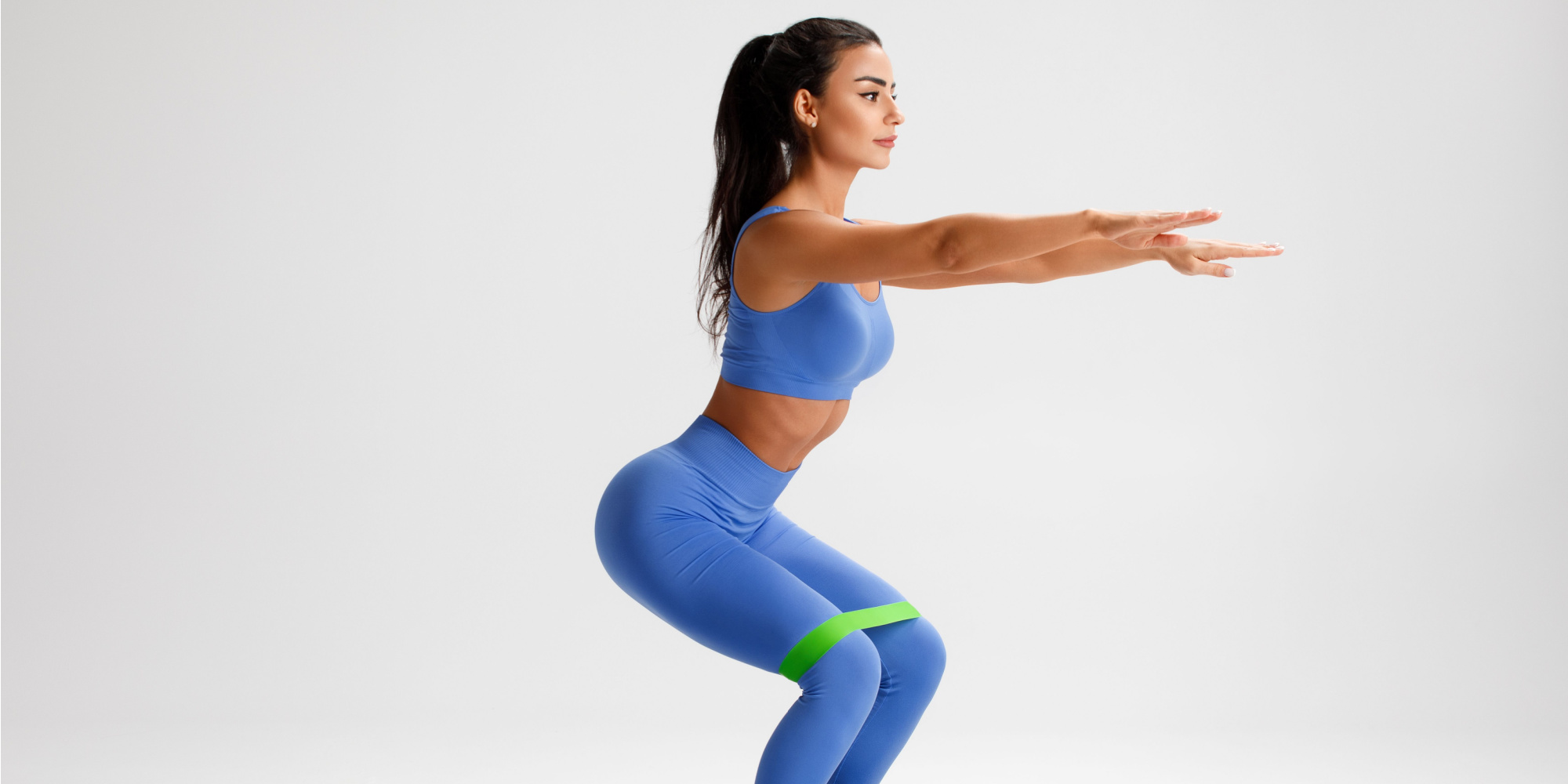3 Steps You Can Follow to Grow a Bigger Butt
Sep 13, 2023 mindpumpIt’s frustrating when people think they can’t build or enhance a certain part of their body, glutes included. We seem to forget that the glutes are made up of muscle, which with the right formula, can grow. Whether your goal is to build stronger glutes for performance reasons, or aesthetically you want to add some more curvature to your figure, growing your glutes isn’t rocket science–like with most things in fitness, it just takes some work!
The glutes are actually made up of three muscles: the gluteus maximus, medius, and minimus. Essentially, their main functions are to extend and/or abduct the hip. If the goal is to create a rounder, more firm booty, you need to make sure you are hitting ALL areas of the glutes. This article will go more into how to grow a bigger butt, and some of the things you should avoid.
Step 1: Update Your Workout Routine
Without knowing what your current fitness routine looks like, you probably need to overhaul it in some way. Most people, on average, will work out 3 to 4 days a week, and will either complete total body workouts, or alternate between upper body and lower body.
There is nothing wrong with these methods, but if you want to grow a bigger butt, you need to increase the volume of work dedicated to glute exercises.
Conservatively, you need to be doing 6 to 9 sets per day of glute-activation exercises, three days a week, if you want to start seeing growth. When it comes to intensity, you want to aim for something between an intensity level of 6 to 9 on a scale of 1 to 10. Going too light, which will probably mean a rep-range of over 12 or 15 won’t initiate enough of a muscle-building response, while going too heavy (think 1-rep max) is focused more on strength-building than hypertrophy (muscle-growth).
That may sound confusing, but you can get stronger without enhancing the look of your overall musculature. Think of Strongman competitors, and how much weight they lift. They are obviously big and strong, but when it comes to muscle definition, they are not winning in that arena. If strength AND hypertrophy are important to you, stick to a 6 to 10 rep-range; if you only care about muscle definition, increase the number of reps to 10 to 15 (but no more!).
As far as exercises, the best ones for building a bigger butt are squats, deadilfts, hip thrusts, good mornings, and lunge variations. Think of activating the muscle through each movement to help ensure your glute muscles are firing.
Step 2: Eat Enough Calories
If you want muscle to grow, you need to be eating. Now is not the time to cut calories.
The mistake some people make with this is eating TOO much. If your current daily calories are around 1800, you don’t need to exceed more than 2000 to 2200 calories per day to start to see some muscle growth.
And, these calories should mostly come from protein. An easy way to get more protein in is just to increase the serving size of your protein during your meals, and you won’t need to do much else to reach your new protein and calorie goals.
Now, if you’re someone who hasn’t been working out, and you are going right into 3 to 4 workouts a week of resistance training, you will probably notice a spike in appetite. That is completely normal! Just be sure that the extra calories you are eating are coming from whole foods. And protein also keeps you fuller longer than carbohydrates and fat, so turn to high protein options for that reason as well. We really like Paleovally beef sticks and protein shakes from Organifi if you feel like you need a snack in between meals.
Step 3: Cut Out The Cardio
Last but not least, cut out the cardio if this is part of your routine. Daily walks are fine, and are actually encouraged, but dedicated cardio workouts will be detrimental to any muscle growth.
This goes to all of you Stairmaster pros out there, too! You might think that the Stairmaster offers the best solution to targeting the glutes, but it is still a cardio-based workout. Cardio targets Type I muscle fibers, which don’t enhance the muscle belly like Type II muscle fibers do. The only way to develop your Type II muscle fibers is with higher intensity exercises that comes with strength training.
If you must do any form of cardio, stick to plyometrics or sprints. The intense, short-duration bursts of energy required for these movements also activate Type II muscle fibers, so you won’t see the same drawbacks that you would with long-duration, cardio workouts.
If building your butt is your main goal in the gym, check out the Build Your Butt Bundle, which comes with the programs and guidelines you need to build impressive glutes!







